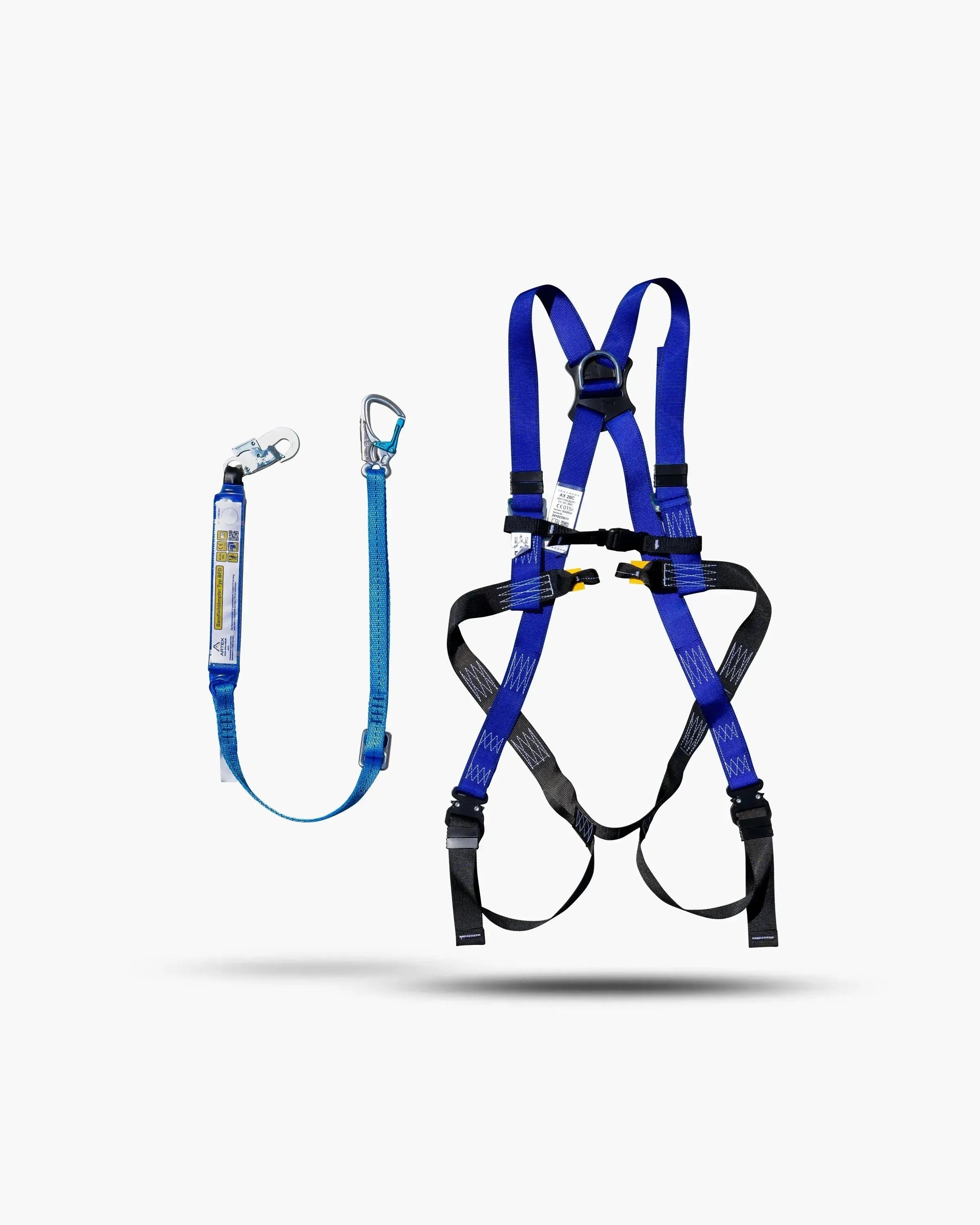Even experienced aerial work platform operators may not be familiar with the term " whip effect " or " catapult effect ", but its importance for occupational safety and the trouble-free operation of these devices cannot be ignored. The whip or catapult effect occurs when uncontrolled vibrations occur on the aerial work platform, which are often caused by sudden braking maneuvers or load changes. These vibrations can not only be dangerous, but can also have serious consequences for the stability and safety of the aerial work platform.
In this article, we take a closer look at the whip effect and give you important tips on how to minimize these dangerous vibrations on aerial work platforms. Find out in this article how you can recognize, understand and successfully prevent the catapult effect.
whip effect: The causes
The whip effect, also called the "catapult phenomenon," is a serious problem that can occur with aerial work platforms. To understand and effectively combat this dangerous phenomenon, it is important to know the underlying causes. The whip effect usually occurs due to several factors that can act simultaneously. Below are some of the most common causes of the whip effect:
-
Rapid braking:
Sudden braking of the aerial work platform can cause the load to move forward and the aerial work platform to become unbalanced. -
Fast acceleration:
Conversely, rapid acceleration of the aerial work platform can cause the load to move backwards, which can also trigger the whiplash effect. -
Potholes and obstacles:
Uneven ground such as potholes or obstacles can bring the stage to an abrupt stop and trigger pendulum movements. -
Overload:
Exceeding the maximum load capacity of the aerial work platform can lead to uncontrolled vibrations of the load. -
Uneven load distribution:
If the load is not evenly distributed or moves sideways, a whiplash effect can occur.
Dangers for the operators
The bullwhip effect can pose serious risks to user security and the integrity of the platform itself. It is important to understand these risks and take appropriate measures to minimize them.
-
Danger of falling:
An unexpected whiplash effect can cause users to be thrown from the aerial work platform, resulting in serious injury or even death. -
Damage to the aerial work platform:
The sudden pressure and vibration loads caused by the whiplash effect can cause significant damage to the aerial work platform itself, resulting in costly repairs and downtime. -
Danger to persons and property:
The whip effect can also endanger people or objects nearby as the aerial work platform swings uncontrollably. -
Work interruption:
A whiplash incident often requires extensive investigation and repairs, which can result in significant work interruption.
The dangers associated with the whiplash effect underline the importance of thorough training in the safe use of aerial work platforms. Compliance with safety regulations, regular inspection and maintenance of the work platforms and attention to weather conditions are crucial to avoid such dangerous situations.
Preventive measures: Avoiding the bullwhip effect
To minimize the risk of whiplash on MEWPs, several preventive measures should be taken. The safety of users and the integrity of the platform are the main focus. Here are some important steps that can be taken to prevent whiplash:
Thorough training
All aerial work platform operators must receive comprehensive aerial work platform training that prepares them to operate the machine safely. This includes correctly using the controls, understanding load limits and recognizing hazardous situations.
Regular maintenance of the work platforms
Aerial work platforms should be regularly maintained and inspected to ensure that all components are in good working order. Particular attention should be paid to hydraulic systems and stabilizers.
check soil conditions
It is important to consider the type of ground. Potholes or uneven surfaces can increase the whip effect. The choice of location should be carefully considered.
Observe load diagram
When using aerial work platforms, the manufacturer's load diagram should be carefully observed. Overloading or improperly distributed loads can promote the whiplash effect.
monitor wind conditions
Particular caution is required in windy conditions. The work platform should not be used in windy conditions as this can encourage the whip effect.
use safety equipment
Users should always wear the required PPE safety equipment, including a seat belt. This can help to minimize injuries in the event of a whiplash effect.
communication
Communication between the workers on the platform and the operator is crucial. Clear signals and instructions should be given to avoid potential hazards.
Can work platforms fall over?
In principle, aerial work platforms are designed and built to be stable and safe when used in accordance with the manufacturer's instructions and safety regulations. However, there is a risk of tipping over if they are used improperly, for example by overloading, incorrect positioning or ignoring wind loads and ground conditions.
Conclusion: Safety comes first
In this article we have taken a closer look at the whiplash effect on MEWPs and highlighted the dangers associated with it. It has been made clear that the whiplash effect can pose a significant risk to users and the integrity of the MEWP, but it has also shown that through comprehensive training, regular maintenance, adherence to load charts and other preventative measures, these dangers can be minimised.
Safety when using aerial work platforms is of the utmost importance. Anyone who works with or operates these machines is responsible for their own safety and the safety of others. With the necessary knowledge, care and awareness of potential hazards, accidents can be avoided and work can proceed smoothly. Remember that compliance with safety regulations and preventive measures should always come first to avoid the whiplash effect and other hazards.
Work safely and responsibly - for your own safety and that of your colleagues.
















Share:
Entering and leaving the work basket of a mobile elevating work platform in working position
From A to B: Transporting work platforms safely